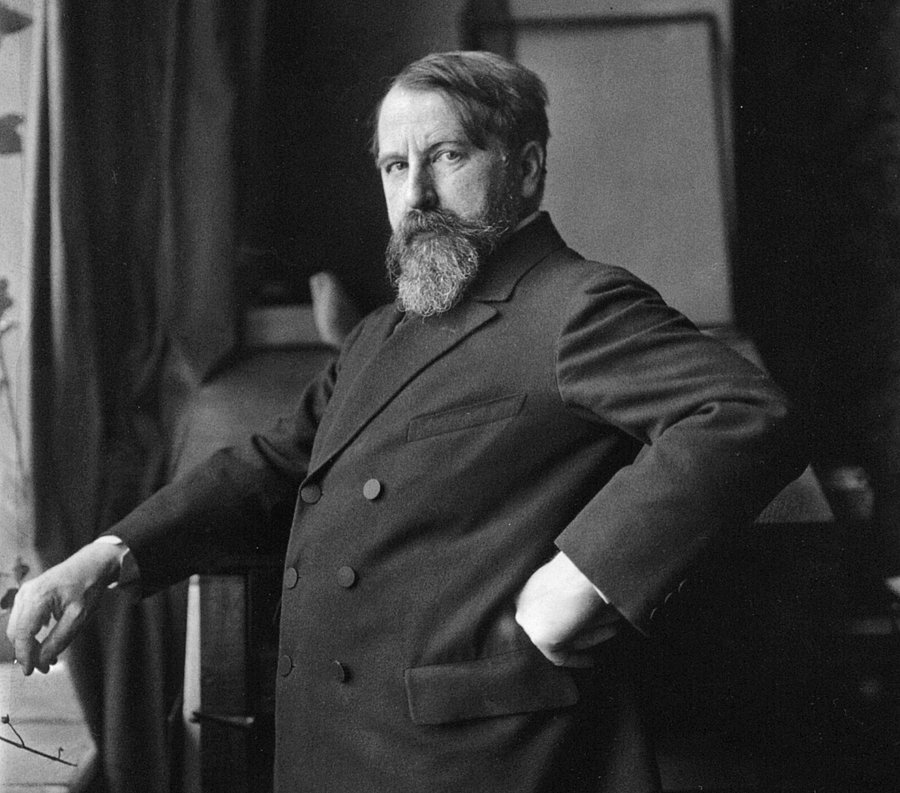New work online
Arthur Schnitzler digitally published Escape into Darkness

Arthur Schnitzler // Photo (public domain) Ferdinand Schmutzer, Public domain, via Wikimedia Commons
The novella Flucht in die Finsternis (1931), published immediately before the author's death, focuses on the psychogram of a character who tries in vain to prevent his own path to madness and the question, developed using the example of the story of his failure, of where exactly responsibility for his own actions ends and the transition from 'normality' to mental illness begins.
New functionalities
The abundant surviving estate material of the novella, which was written over a period of around 27 years, comprises more than 30 documents and almost 1,000 pages. "The reconstruction of the creation of the text, which has now been worked out in detail for the first time as part of the Wuppertal edition, makes it clear how long and to what extent the author worked on his text, summarises Prof. Dr Michael Scheffel, one of those responsible for the Schnitzler project at the University of Wuppertal. The repeated testing of different motifs and material as well as different character and plot constellations is clear. "It also shows that the novella was essentially completed many years before its publication and is therefore wrongly regarded as Schnitzler's 'late work'," adds Wuppertal co-project leader Prof Dr Wolfgang Lukas.
Some of the surviving manuscripts of Flucht in die Finsternis are unparalleled in their complexity - even for Schnitzler, who often worked on his texts for decades. New functionalities have been implemented on the platform for their documentation, for example for the purpose of displaying inserted sheets that have been reused at various points in the text.
Link to Schnitzler's diaries
An interactive timeline, enriched with unpublished sources on the history of the work's creation, provides further information on the various phases of Schnitzler's work. A 'reading text', which also shows print variants, also provides a reliable and citable text of the novella. A specialised commentary provides information for a better understanding of the text.
A new feature of the entire digital edition is the direct link to the digital edition of Schnitzler's diaries, which has been under development for several years at the Austrian Centre for Digital Humanities and Cultural Heritage in Vienna (https://schnitzler-tagebuch.acdh.oeaw.ac.at) and is now an indispensable tool for Schnitzler research.
More background on the research project
The research project Arthur Schnitzler digital. Digital historical-critical edition (works 1905 to 1931) is being carried out by researchers at the University of Wuppertal, the University of Cambridge and University College London in cooperation with the Cambridge University Library, the German Literature Archive Marbach, the Arthur Schnitzler Archive Freiburg and the Trier Centre for Digital Humanities. The German sub-project, founded at the beginning of 2012 and funded as a research project of the North Rhine-Westphalian Academy of Sciences, Humanities and the Arts as part of the Academies' Programme, is working on the works from 1914 onwards.
